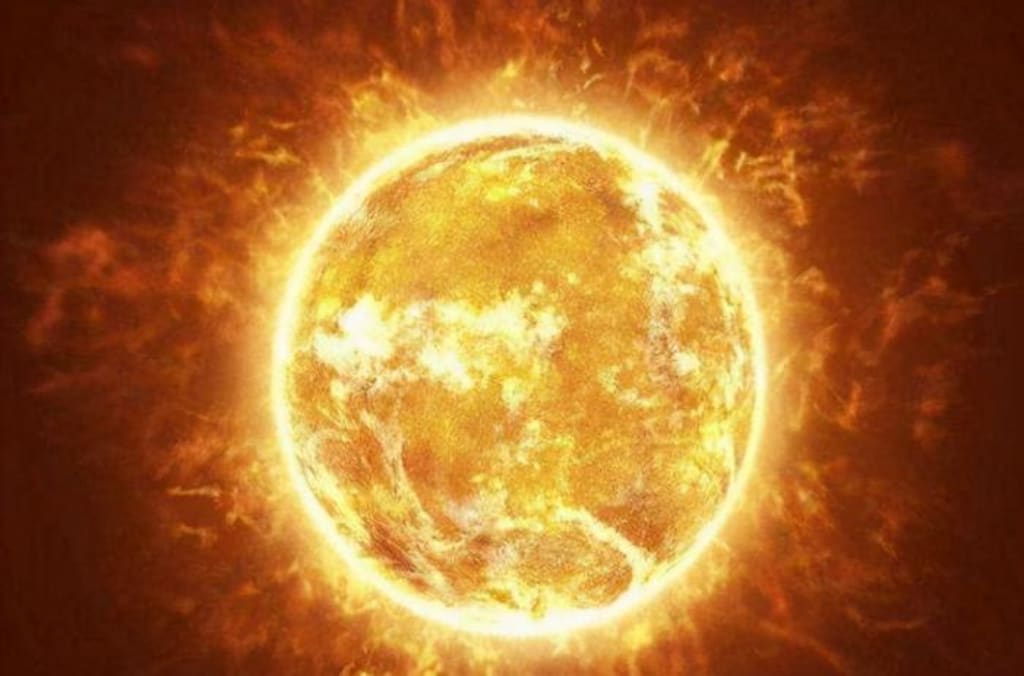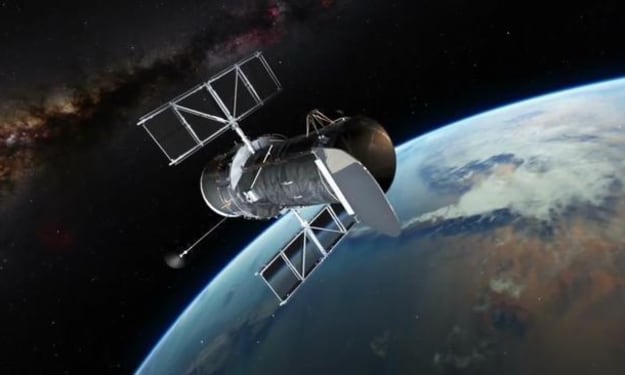
The sun is like a huge fireball hanging in the sky, every moment, it is selflessly sending energy to the Earth, because of this, the Earth has become a paradise for life, and humans, as the only kind of life on Earth with higher intelligence, have long been accustomed to the existence of the sun.
The embarrassing thing is that for a long time in the past, human beings know very little about the sun, and even why the sun will glow and heat are confused. To know that combustion requires oxygen, but the vacuum of the universe does not exist in oxygen, why the sun can burn?
Is it because the sun carries its oxygen? At the end of the 19th century, this view was rejected, because scientists found that the sun is mainly composed of hydrogen and helium through the analysis of the solar spectrum, with hydrogen occupying about three-quarters of the sun's mass and the rest almost all helium, while the sun's oxygen content only accounts for about 0.77% of the sun's mass, which is not enough to support the sun burning in the vacuum of the universe.
In the 1920s, physicist Francis Aston discovered an interesting phenomenon: the sum of the masses of four individual hydrogen nuclei is always slightly greater than the mass of a single helium nucleus.
Scientists speculated that this mass deficit would release a large amount of energy (the theory is based on Einstein's mass-energy equation, E=mc^2, proposed at the beginning of the 20th century) and that perhaps the Sun was producing energy by fusing hydrogen nuclei into helium nuclei. However, soon after this idea was proposed, it ran into a problem, what happened?
To fuse hydrogen nuclei into helium nuclei, they have to be very close together so that the strong nuclear force (also known as the strong interaction force) can bind the hydrogen nuclei together, but a hydrogen nucleus is actually a proton, and all protons are positively charged, so there is a repulsive force between the proton and the proton.
As we know, temperature refers to the intensity of the thermal motion of microscopic particles, which means that the temperature must be high enough for nuclear fusion to occur. Theoretically speaking, the temperature of hydrogen nuclei to undergo nuclear fusion needs at least hundreds of millions of degrees Celsius, but according to scientists' estimation, the temperature of the sun's core is only about 15 million degrees Celsius, which is not at all up to the standard of fusion of hydrogen nuclei.
How should this be explained? In 1926, the physicist Erwin Schrödinger proposed the Schrödinger equation, the solution of which leads to a surprising result: in quantum mechanics, even if the kinetic energy of a microscopic particle is insufficient, it has a certain probability of crossing the barrier.
This phenomenon is called the "quantum tunneling effect", which was first discovered in 1927 by physicist Friedrich Hundt in his "double-well potential experiment". The existence of the "quantum tunneling effect".
This means that the protons in the core of the sun (i.e. the nucleus of a hydrogen atom) have a certain probability to pass through the barrier formed by the repulsive force between the protons through the "quantum tunneling effect" when their kinetic energy is insufficient, and thus nuclear fusion occurs.
This is the first time that scientists have finally uncovered the mystery of the sun's energy source, according to which we can also see that the sun does not burn in the vacuum of the universe, its light and heat come from the nuclear fusion reaction at its core, without the participation of oxygen, which is fundamentally different from the chemical reaction-based combustion phenomenon.
It is worth mentioning that the fusion reaction at the core of the Sun is mainly a "proton-proton chain reaction", rather than simply the fusion of four hydrogen nuclei into one hydrogen nucleus.
In the core of the Sun, the first two protons fuse into a deuterium nucleus, then the deuterium nucleus fuses with another proton into a helium-3 nucleus, after which the two helium-3 nuclei fuse into a helium-4 nucleus, and two protons are released.
In this series, the probability of "quantum tunneling" and the probability of two protons fusing into deuterium nuclei is very low, so the fusion reaction can proceed very slowly at the core of the Sun, and this is the reason for the Sun's continuous and steady release of light and heat.
About the Creator
Roseto
Science and civilization show that too much information sometimes gets in the way of knowledge and innovation。
Reader insights
Nice work
Very well written. Keep up the good work!
Top insight
Excellent storytelling
Original narrative & well developed characters






Comments
There are no comments for this story
Be the first to respond and start the conversation.